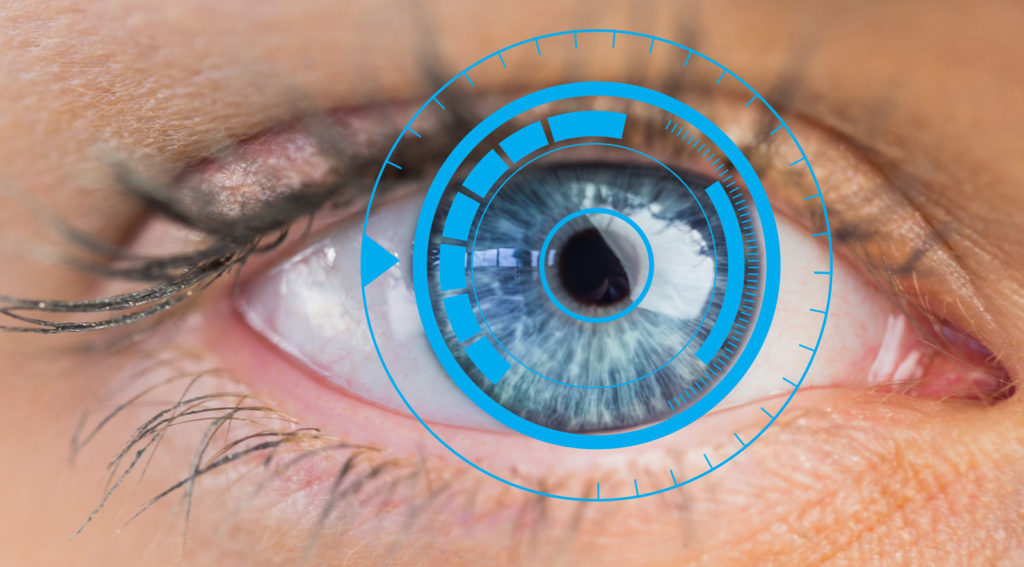Eye Movement Desensitization and Reprocessing Therapy, or EMDR, has historically been used to treat trauma-induced disorders such as post-traumatic stress disorder, or PTSD. Individuals suffering from PTSD often find they suffer from serious emotional disturbances even years after experiencing a traumatic event. In recent years, EMDR use has expanded into addiction treatment. Addiction is often rooted in trauma. Research done on Adverse Childhood Experiences (ACE) has shown that trauma increases the risk of developing an addiction disorder. Thus EMDR is an effective therapy modality for trauma-informed addiction disorders, as well as those who suffer from both a substance abuse addiction and a trauma-related mental health disorder. Traditionally, psychotherapists have made use of talk therapy to help victims process their trauma and move on. However, EMDR is a new, evidence-based therapy that focuses on targeted memory networks. Read on to learn more about Eye Movement Desensitization and Reprocessing.
What is EMDR?
For the addict, regardless of what they are addicted to, living with addiction affects the person’s life in many ways. Addiction impacts their body chemically, biologically, neurologically and medically. It also changes their psychology, emotions, spirituality and social skills. Sadly the substance abuse often becomes the primary relationship for the individual. This, in turn, damages all the other relationships in his or her life. To be successful, EMDR treatment must address the trauma that is causing the addictive behaviors. As the person works through the trauma, the compulsion to undertake addictive behaviors should decrease. This, in turn, reduces the urge to use their drug of choice, especially during trigger events. Unlike the majority of talk therapy treatments, which focus on the traumatic event at the root of a patient’s problems, EMDR treatment focuses more on treating the disturbing symptoms and emotional upset that have resulted from the event. It is designed to block existing thought patterns to allow the brain to heal itself.
What does addiction treatment have to do with eye movements?
Therapists guide their clients through the process of addressing their disturbing feelings through a treatment known as desensitization. This treatment requires clients to visualize the traumatic event while following the therapist’s distracting hand motions or another stimulus. This is believed to break the patterns that cause the individual distress. Once this stage of treatment has been completed, clients can move on to reinforcing positive feelings and beliefs surrounding their trauma until they can recall memories of it without experiencing emotional discomfort and negativity.
What to expect from Eye Movement Desensitization and Reprocessing therapy
The first stages of therapy involve a discussion of the client’s problems and the symptoms he or she is experiencing. Trauma victims who are feeling anxious about the idea of reliving their past trauma may feel comforted by the knowledge that they will not have to reveal the details of their experiences. The initial phases of therapy focus on the client’s ongoing negative thoughts and feelings so that therapists can make suggestions regarding how they might replace them with more positive ones. While the patient is reviewing the traumatic events, the therapist provides an external stimulus through the use of hand motions, tapping movements on different sides of the body, or sounds relayed via headphones.
How does EMDR treatment proceed?
There are eight phases to this form of therapy. The first phase involves taking a patient history and planning treatment, preparation to undergo treatment, an assessment to help determine what negative feelings or beliefs are coming up and how they can be replaced with more positive ones, and desensitization. Once the assessment and plan are complete, the therapist will teach the person new stress reduction techniques that can be applied immediately to provide relief both during and between treatments. During later phases, the client will work with the therapist to identify:
- Visual images that occur in the mind relating to the traumatic event,
- Negative beliefs the individual has,
- The emotions and body sensations that are related to the trauma, and
- A positive belief the person holds about themselves.
While the patient focuses on a negative image, thought, or body sensation, the therapist employs EMDR techniques. Afterwards the client is instructed to clear their mind and describe whatever thought, memory, feelings, or sensations come to mind. The therapist will use this information to direct the next focus of attention. This process is completed multiple times per session. Once these phases of treatment are completed, patients will move on to the installation phase, during which they strengthen positive associations with the help of their therapists. They will finish their sessions with closure and re-evaluation.
How effective is EMDR?
Over 30 controlled studies have been performed regarding the efficacy of this therapy as a treatment for PTSD, with almost universally positive results. One study showed up to 90% of single-trauma victims finding relief after just three sessions, while another found that 100% of single-trauma victims and 77% of multiple-trauma victims found relief after six 50-minute sessions with their therapists. Eye Movement Desensitization and Reprocessing therapy has been so well-researched that it is recognized as an effective treatment option by the World Health Organization, the American Psychiatric Association and many other major health organizations. To date, millions of people have been treated successfully with EMDR. References: https://www.cdc.gov/violenceprevention/acestudy/journal.html https://maibergerinstitute.com/emdr-treatment-addictions/ https://www.nrepp.samhsa.gov/Legacy/pdfs/EMDR_Fact_Sheet_Final.pdf http://www.emdr.com/what-is-emdr/

